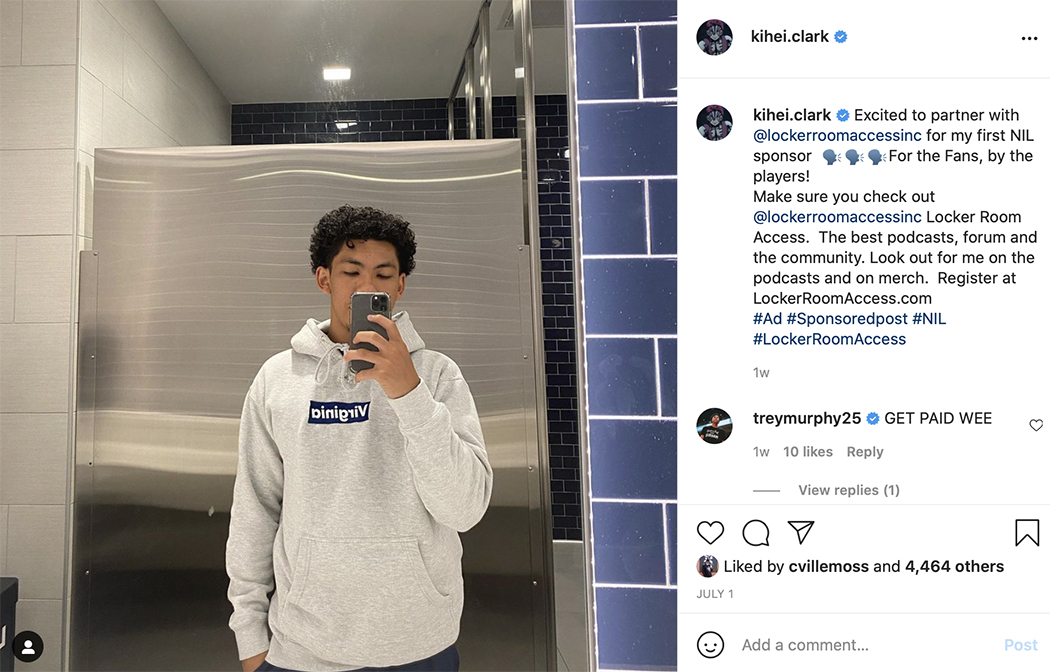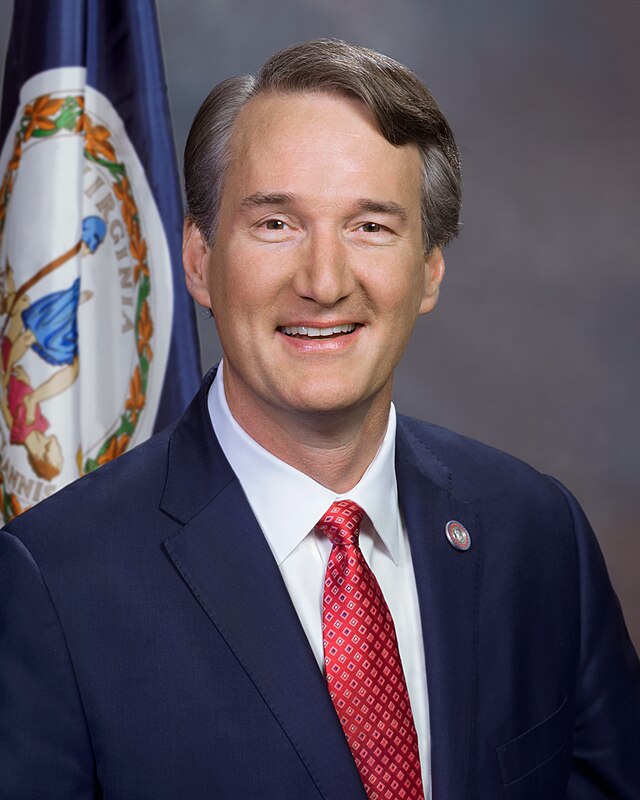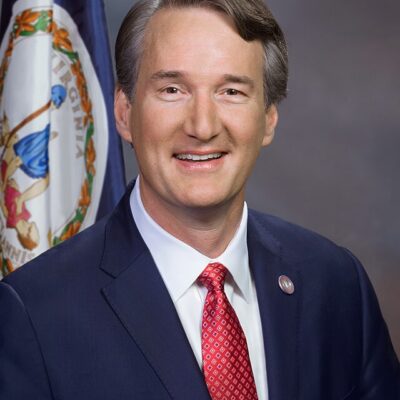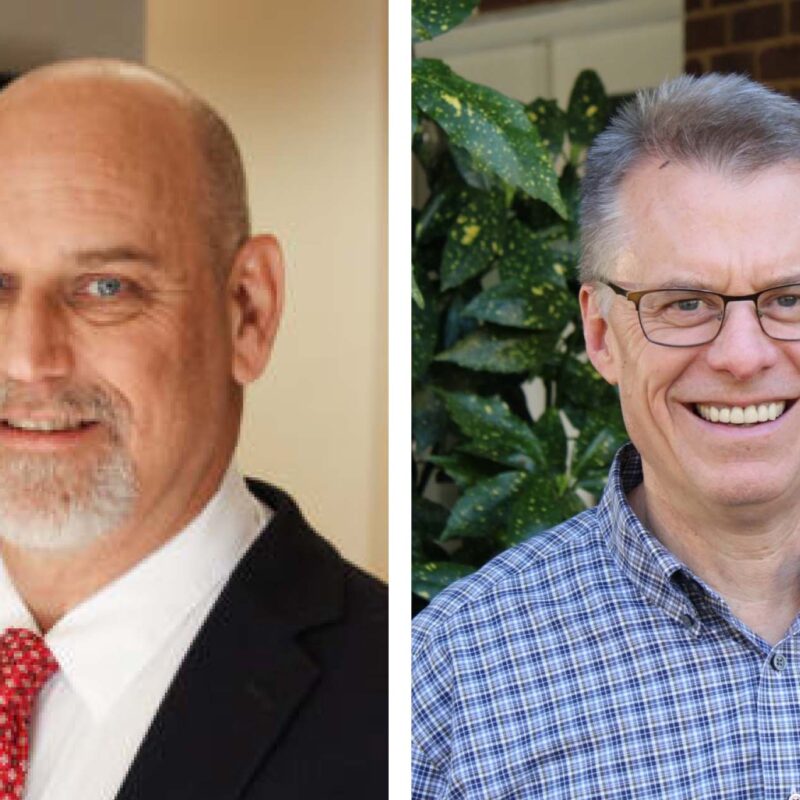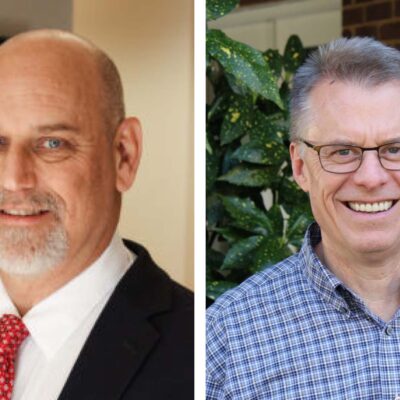The summer before her second year, Greer Gill planned to hold a field hockey camp at her former high school. Gill, a UVA field hockey player, teamed up with four of her closest friends—Division I field hockey players at various schools—to make graphics and marketing materials for their camp, all of which included their names and the universities they attended. Within five minutes of posting a flier to Facebook, one of Gill’s teammates texted her.
“Take that down right now,” the text read. “You could be suspended for a year for that.”
Gill didn’t realize that hosting a field hockey camp using her name and image was illegal under NCAA regulations at the time. If her teammate had not seen the flier, it is likely that Gill would have been reported and could have faced up to a year-long suspension.
Gill and her friends were forced to rebrand their field hockey camp as a camp led by five Division I field hockey players.
“Money-making wise, I think we would have gotten a lot more kids if we could have said who we were,” says Gill.
Prior to July 1, NCAA rules prohibited Division-I student-athletes from profiting off of their names, images, and likenesses (NIL). Athletes were not allowed to so much as sell a T-shirt they had autographed. The stringent rules led to some serious consequences for high-profile athletes. In 2011, all-star Ohio State quarterback Terrelle Pryor sat out his senior season after his decision to sign mini helmets and other memorabilia blossomed into a scandal. And former NFL running back Reggie Bush had his 2005 Heisman Trophy vacated after receiving benefits from a marketing agency.
In June, after a lengthy legal battle, the Supreme Court ruled unanimously that the NCAA’s policy was unfair, putting the organization in a position to pass an interim policy allowing college athletes to “benefit from name, image and likeness opportunities, no matter where their school is located,” according to an NCAA press release. The temporary policy will stay in place until federal legislation or new NCAA rules are adopted. (Since the change, Bush has publicly petitioned to get his Heisman back, to no avail.)
This doesn’t mean athletes are getting paid to play. NIL rules allow athletes to work on their own to build their own brands and their own platforms. Sean Conway, a third-year on UVA’s swimming and diving team, says that activities related to the sport, practices, team meetings, and games or meets cannot be tied to endorsements.
“It’s really kind of up to us to be creative and figure out what brand deals work for us, and how we could go about tying that into our daily schedule,” Conway says.
Conway says the new policy will be a gamechanger for college athletics, and especially for Olympic sports like swimming and diving. “It’s going to present an opportunity for these younger star swimmers to make a name for themselves,” he says. “[They can] provide themselves a nice little platform for when the big stage comes around.”
Olusegun Oluwatimi, a redshirt senior center on the UVA football team, shares a similar sentiment. “I’m just figuring out some ways to get myself out there,” he says. “Build my brand now so hopefully when I’m in the league there’s good opportunities.”
Not many UVA athletes have struck deals yet. Conway, for example, is waiting to figure out exactly how he wants to use NIL to his advantage. “I’m trying to find a niche,” he says. “Once I figure that out I actually might start taking advantage.”
Other athletes are wondering if the whole thing is even worth it. “As much as I would love to partner with someone and make a profit off of it or get free products, at the same time I don’t want to be annoying to a follower,” Gill says. “I’m a decent athlete, but I’m not like a professional athlete being paid for what I do. I do this for fun.”
But there are other ways athletes can use the NIL rule changes, besides promoting streetwear and supplements to their Instagram followers. Prior to the provisional ruling, athletes were not allowed to use their name at all, including outside of their sports—if their names were attached, student-athlete artists could not sell their art, musicians could not stream their songs, and entrepreneurs could not sell their products.
“They all had to give that up for the sake of maintaining compliance for sports,” Conway says. “Now that the opportunity’s there, that’s really exciting.”
